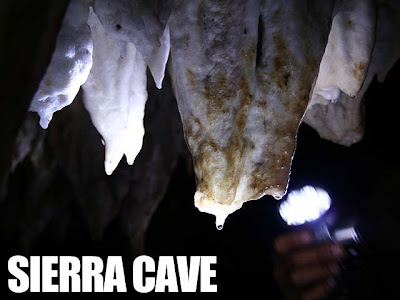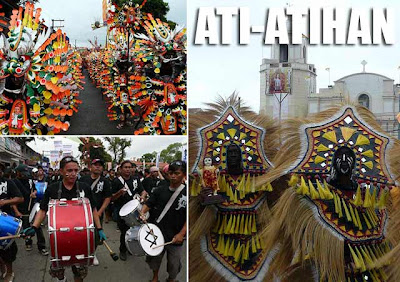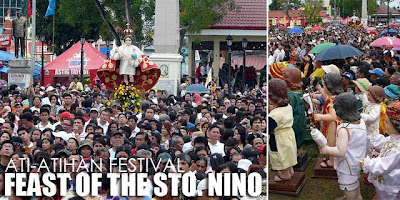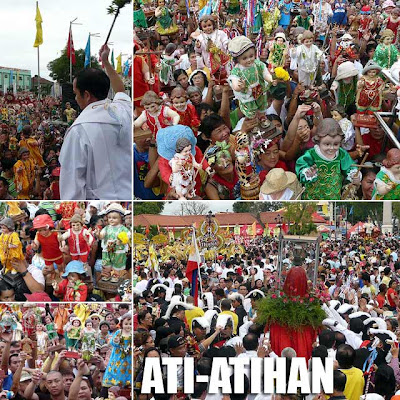
Aside from spelunking and other adventure activities, Cagayan also has several centuries-old churches. On our first day, we had breakfast right beside the Tuguegarao Cathedral.

After breakfast, we proceeded to the Basilica Minore de Piat which is about an hour away from Tuguegarao. It's a popular pilgrimage destination with the miraculous image of Our Lady of Piat enshrined in the church. For more on the basilica, read Basilica of Our Lady of Piat in Piat, Cagayan.
The next day, we made the long trip from Tuguegarao to Laoag. Along the way, we stopped over at the churches of Iguig, Alcala, Lal-lo, Camalaniugan and Pamplona.

Iguig Church, while the facade has already been renovated, is relatively intact inside. But more importantly, right beside the church is the Iguig Calvary Hills which has life-size tableau of the Stations of the Cross.


Alcala Church, dedicated to Saint Philomene, is the widest church in the Cagayan Valley. The town is also known for its carabao milk candies.
Lal-lo was once known as the Ciudad de Nueva Segovia before it was transferred to Vigan. Thus, the Lal-lo Church was the once the cathedral and seat of the Diocese of Nueva Segovia.


Camalaniugan Church has the oldest Catholic bell in the Far East which was created in 1595. Sadly, the old church was burned some yeas back and I find it sad that the priest chose to flatten the ruins and build a totally new church. Talk about appreciation for heritage! Behind the church, right by the river, are ruins of an even older church.

Close to Ilocos Norte, was the last church stop, the Pamplona Church.
The old Malaueg Church in Rizal, Cagayan is a National Cultural Treasure. But it's really hard to get to. I personally have not seen it myself. But I hope to visit it when I can.
There are also some interesting church ruins in the towns of Gattaran, Sanchez Mira and the island of Fuga.
Thanks to Bikoy for the photos!















